Introduction
Where Do Ferrets Come From: Ferrets, with their mischievous charm and endearing antics, have captured the hearts of pet enthusiasts worldwide. But their origins trace back to a much more ancient and wild lineage, one that spans continents and millennia. In this exploration, we will delve into the origins and history of ferrets, uncovering their evolution from skilled hunters of the wild to cherished companions in our homes. From the Eurasian steppes to the modern pet store, the story of where ferret care come from is a captivating blend of biology, culture, and the enduring connection between humans and animals. The journey of discovery into the origins of ferrets takes us beyond their roles as pets and into the realm of wildlife and human coexistence. Ferrets belong to the Mustelidae family, which includes some of nature’s most tenacious predators like weasels, badgers, and otters. These remarkable creatures have a rich evolutionary history, having adapted to various environments and lifestyles over millions of years.
Ferrets, scientifically known as Mustela putorius furo, are believed to have been domesticated thousands of years ago, primarily for their hunting prowess. Their domestication likely began in ancient Europe, where humans harnessed their natural hunting skills to help control pests like rats and rabbits. This partnership between humans and ferrets in the pursuit of shared goals showcases the intricate interplay between culture, history, and the natural world. As we embark on this journey, we will explore the multifaceted roles that ferrets have played throughout history, from their contributions to hunting and agriculture to their more recent status as beloved pets. We will uncover the threads that connect ferrets to their wild ancestors and the diverse cultures that have embraced these captivating animals over time.
So, join us as we venture deep into the intriguing world of ferrets, tracing their origins and uncovering the enduring legacy of these remarkable creatures. European polecats are the closest relatives to domestic ferrets. Their shared lineage goes back thousands of years, and it is believed that the domestic ferret originated from the European polecat through selective breeding. Observing the behavior and habitat preferences of wild polecats sheds light on the natural instincts and hunting abilities that domestic ferrets still retain. On the other side of the world, black-footed ferrets, once thought to be extinct, serve as a compelling example of the delicate balance between wildlife conservation and human intervention.
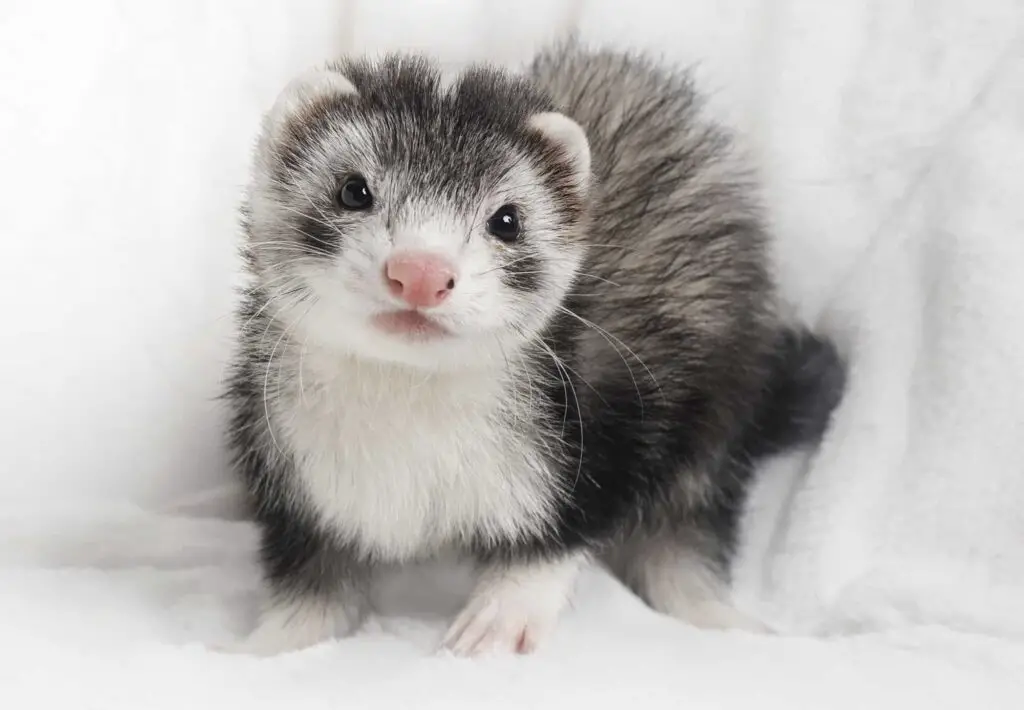
Did Queen Elizabeth have a ferret?
Ferrets have been beloved pets for centuries. One famous ferret lover is Queen Elizabeth I, who had her pet ferret included in one of her royal portraits from 1585!
There is no historical evidence to suggest that Queen Elizabeth I of England had a pet ferret. Queen Elizabeth I, who reigned from 1558 to 1603, is known for her love of dogs, particularly small breeds like toy spaniels. She had several pet dogs, including breeds such as the English Toy Spaniel and the Cavalier King Charles Spaniel. Her affection for these dogs is well-documented in historical records, including portraits and writings from the Elizabethan era.
While ferrets were known in Europe during Queen Elizabeth’s time and were sometimes used for hunting small game, they were not typically kept as pets in royal households. The preference for certain types of pets often reflected the cultural and social norms of the era, and dogs were a popular choice among European nobility and royalty.
It’s essential to rely on historical records and credible sources when discussing the pets and preferences of historical figures. In the case of Queen Elizabeth I, her documented fondness for dogs is well-documented, but there is no substantial historical information suggesting she owned a pet ferret during her reign.
How do ferrets get pregnant?
Ferret oocytes ovulate at the metaphase of the second meiotic division (MII) embedded in three layers of corona radiata cells. Embryos enter the uterus over a period of several days starting on day 5 after mating. Between days 12 and 13 after mating, the embryos have become implanted in the endometrium.
Ferrets typically breed during a specific season, which is influenced by factors like temperature and light. This period, known as the breeding season, occurs in late winter and early spring. During this time, female ferrets, called jills, become sexually receptive.
When a male ferret, known as a hob, detects that a female is in estrus (heat), he will exhibit courtship behaviors, which may include chasing, nipping, and vocalizations to get the female’s attention.
If the female is receptive, she will allow the male to approach and copulate. Ferrets have a relatively short gestation period, typically lasting around 41 to 42 days.
After fertilization, the fertilized eggs travel through the female’s reproductive system and eventually implant in the uterine lining. The implantation process takes a few weeks, during which the female’s body prepares for pregnancy.
Once the fertilized eggs have implanted, the female ferret is considered pregnant. Ferret pregnancies are relatively short compared to many other mammals, lasting around 6 to 7 weeks.
Why do cats not like ferrets?
Ferrets are small, like prey, but they don’t act or smell like prey. Ferrets hop up and down alarmingly. They sneak up and try to burrow into soft cat fur. So cats frequently decide whatever this thing is, it’s to be avoided.
Cats and ferrets have distinct social behaviors. Cats are solitary hunters by nature and often prefer a more independent lifestyle. Ferrets, on the other hand, are social animals that thrive on interaction with other ferrets and, to some extent, humans. This difference in social behavior can sometimes lead to misunderstandings or discomfort between the two species.
Cats are natural predators, and ferrets, with their small size and playful movements, may trigger a cat’s predatory instincts. This can lead to chasing, hissing, or even aggressive behavior from the cat.
Cats can be territorial animals, and the introduction of a new pet, like a ferret, into their environment may be seen as an intrusion. This territorial instinct can result in territorial aggression or avoidance.
Cats are creatures of habit, and they can be wary of new or unfamiliar animals. A cat that has never encountered a ferret before may be initially cautious or defensive.
What pets has the Queen owned?
The Queen had more than 30 Pembroke Welsh Corgis over her lifetime, plus a number of Dorgis (Corgis crossed with Dachshunds). She was known to breed her dogs in bad times, when she needed puppies to cheer her up. Her horses were all about good times.
Queen Elizabeth II of the United Kingdom, known for her lifelong love of animals, has had a variety of pets over the years. Her affection for animals has been a significant part of her life, and she has been involved with numerous breeds and species.
Perhaps the most iconic of Queen Elizabeth II’s pets, she has owned many Pembroke Welsh Corgis throughout her life. These dogs were originally introduced to the royal family by her father, King George VI. The Queen’s Corgis were known for their loyalty and were often seen accompanying her during her public appearances.
The Queen has had a soft spot for Labradors and has been seen with them on numerous occasions. These friendly and intelligent dogs have been a part of her pet collection.
Aside from dogs, the Queen is a passionate equestrian and has a deep love for horses. She has been involved in horse breeding and racing, and her interest in horses has been a lifelong pursuit.
What animal did the Queen own?
Here’s who inherits them now. King Charles III will inherit thousands of swans, dolphins, whales, and sturgeon belonging to the Crown. The reigning monarch was given symbolic ownership of these species in the 12th century to protect from poachers.
Pembroke Welsh Corgis: Queen Elizabeth II is perhaps most famously associated with her beloved Pembroke Welsh Corgis. Her passion for these small, herding dogs began in her childhood, and she has had numerous Corgis over the years. These dogs have become synonymous with her reign and are often seen accompanying her during official functions.
Dorgis: The Queen also owns Dorgis, which are a crossbreed between her Corgis and Dachshunds. These dogs are known for their lively and playful nature.
Labradors: Her Majesty has had Labradors, which are known for their friendly and loyal disposition. These dogs have been part of her pet family and have been seen accompanying her on walks.
Cocker Spaniels: Queen Elizabeth II has owned Cocker Spaniels, a breed known for its affectionate nature and energetic personality.
Do ferret bites hurt?
It’s worth noting that the ferret’s skin is thicker and tougher than human skin, so when ferrets nip at each other in play, they don’t inflict any real pain. But when they nip at a human, it can hurt.
Yes, ferret bites can hurt, especially if the bite is forceful or breaks the skin. Ferrets have sharp teeth and strong jaws, and their bites can be painful. While ferrets are generally friendly and curious animals, they may resort to biting in certain situations.
Playful Biting: Like puppies and kittens, young ferrets often explore their environment and play by nipping or lightly biting. While this may not cause severe pain, it can be uncomfortable, especially if the ferret’s teeth catch the skin.
Fear or Aggression: Ferrets may bite out of fear or aggression. If they feel threatened or cornered, they might defensively bite to protect themselves.
Teething: Young ferrets, just like other young animals, may bite more during the teething process. Their gums may be sore, and chewing on objects or even fingers can provide relief.
Territorial Behavior: In some cases, a ferret might bite when it’s guarding its territory or possessions. This is a protective response to perceived threats.
Do ferrets love owners?
While ferrets are not for everyone, they can make great pets for the right owner. They are affectionate and bond with their owners, quiet for a large part of the day, and there are few pets as playful as ferrets.
Social Animals: Ferrets are highly social creatures by nature. They thrive on interaction and companionship, both with other ferrets and with their human owners. They enjoy being part of a “family” and will often seek out human attention and interaction.
Playfulness: Ferrets are incredibly playful animals, and their playful antics can be seen as a form of bonding. They enjoy games with their owners, whether it’s chasing a toy, play-wrestling, or simply exploring together.
Cuddliness: Ferrets are known for their love of snuggling and cuddling. They often curl up with their owners for warmth and companionship, demonstrating a level of trust and comfort in their presence.
Grooming: Ferrets are meticulous groomers, and they may groom their owners as a sign of affection. This behavior is a way of bonding and demonstrating their care.
Following You: Ferrets have a tendency to follow their owners around, mimicking their movements and staying close. This is a clear sign of attachment and a desire to be near their human companions.
What is toxic to ferrets?
Pesticides such as ant bait, fly/wasp spray, slug pellets and rat poison can cause death in ferrets, as can alcohol, paint, spirits, petrol, varnish, glue and batteries. Phenols are extremely hazardous to ferrets so do not use a phenol based cleaner to clean your ferrets’ accommodation.
Household Cleaning Products: Many common household cleaners, such as bleach, ammonia, and disinfectants, are toxic to ferrets. Ensure that cleaning products are stored securely, and keep ferrets away from recently cleaned areas until they are completely dry and safe.
Certain Plants: Some plants are toxic to ferrets if ingested. Examples include poinsettias, lilies, and philodendrons. If you have houseplants, make sure they are out of your ferret’s reach.
Medications: Human medications, particularly over-the-counter pain relievers like acetaminophen (Tylenol) and ibuprofen (Advil), can be extremely toxic to ferrets. Always keep medications out of their reach.
Rodenticides: Rat and mouse poisons can be appealing to ferrets, but these substances are highly toxic and can lead to severe illness or death. Ensure that any pest control products are used safely and kept inaccessible to ferrets.
Tobacco and Nicotine Products: Nicotine is toxic to ferrets, and ingesting cigarettes, tobacco, or nicotine-containing products can result in symptoms like vomiting, tremors, and even respiratory failure.

Conclusion
These charming creatures, known for their playfulness and intelligence, have a rich history deeply intertwined with the development of human civilization. Ferrets, descendants of wild polecats, have been our companions for thousands of years. Their domestic ferret began in ancient Europe when early humans recognized their hunting abilities and enlisted their help in controlling pests. This partnership marked the inception of the enduring connection between humans and ferrets. Through centuries and across continents, ferrets have donned various roles, from skilled hunters to cherished pets. They have participated in agriculture, pest control, and even served as valuable aids in hunting alongside birds of prey. Their adaptability and innate hunting instincts, inherited from their wild ancestors, continue to captivate and endear them to pet enthusiasts today.
Exploring the origins of ferrets takes us on a fascinating journey through the natural world and human history, reminding us of the complex interplay between humans and animals. It underscores the profound impact humans have had on shaping the evolution and domestication of various species, including ferrets. They serve as a testament to the enduring bond between humans and the animal kingdom, a bond that has evolved over millennia and continues to bring joy, companionship, and intrigue into our lives. In understanding their origins, we gain a deeper respect for the intricate web of life that connects us to the wild and the remarkable journey that has transformed ferrets from wild hunters to cherished members of our families.
The near-extinction and subsequent recovery of black-footed ferrets highlight the profound impact that human activities can have on wildlife populations. This serves as a powerful reminder of our role as stewards of the Earth, responsible for protecting and preserving not only the species we’ve domesticated but also the diverse ecosystems in which they originated. Ferrets, with their unique blend of wild instincts and domestication, offer a poignant reflection of the broader challenges we face in balancing our needs and desires with the health and sustainability of our planet. They invite us to consider the consequences of our actions on the ecosystems that support all life. In the grand tapestry of life on Earth, ferrets are but one thread, but their story is emblematic of the intricate relationships that exist within the natural world and our place within it.

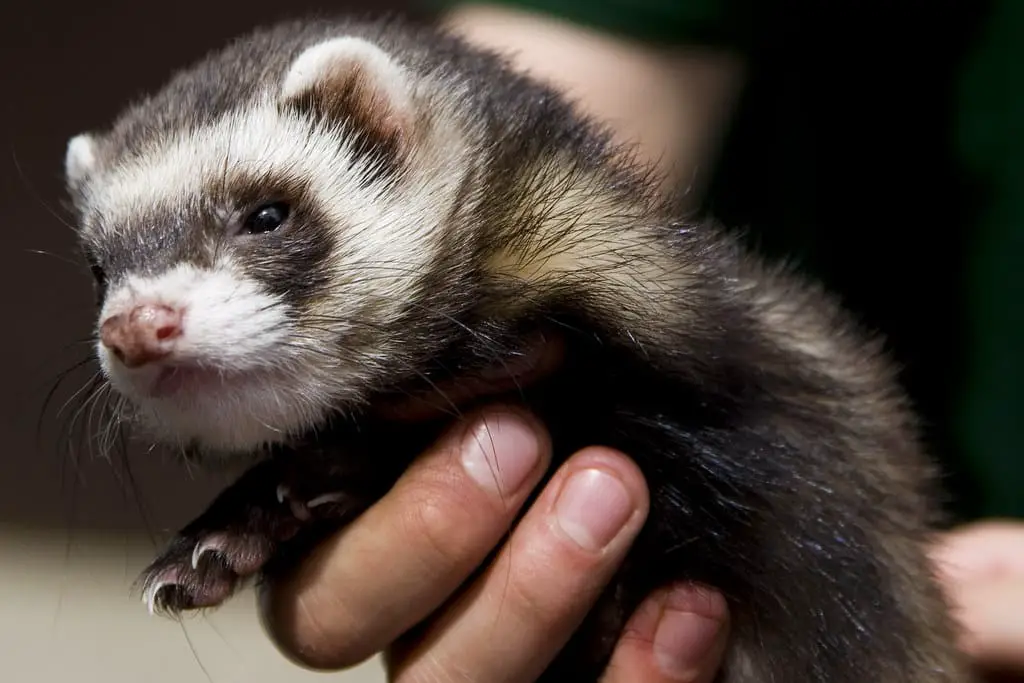
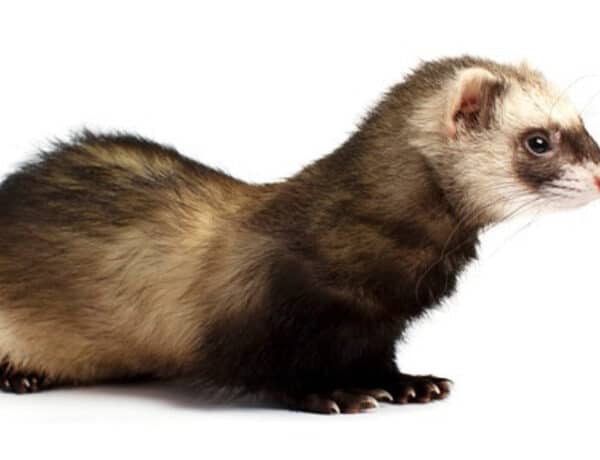
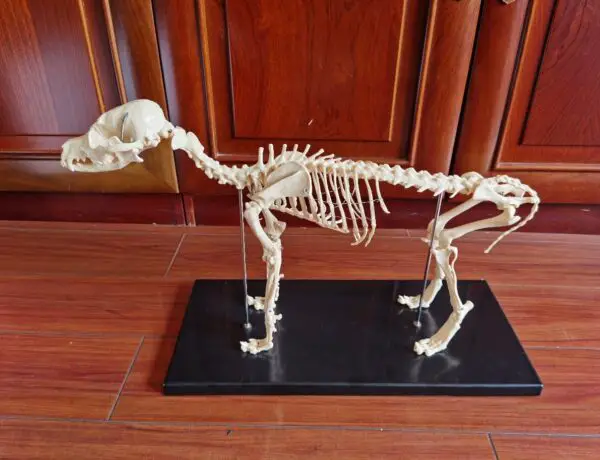
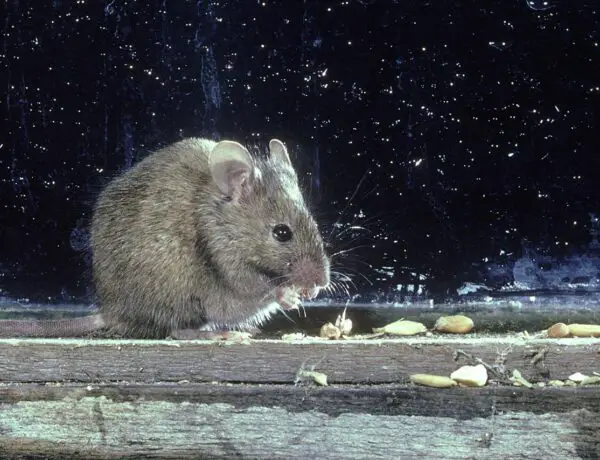
No Comments